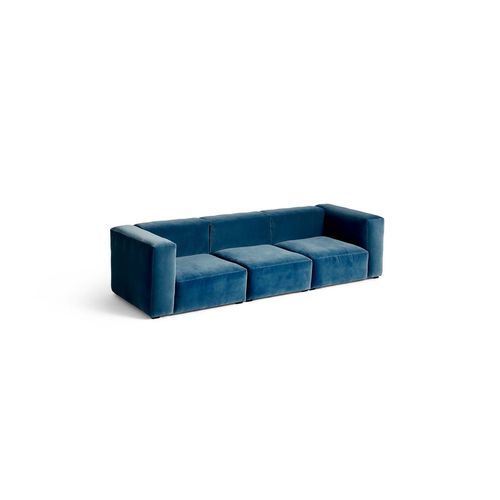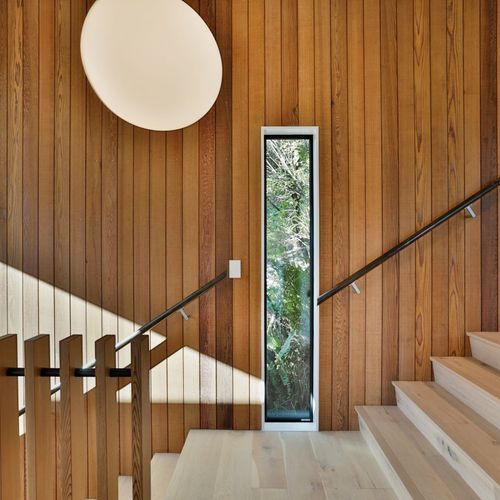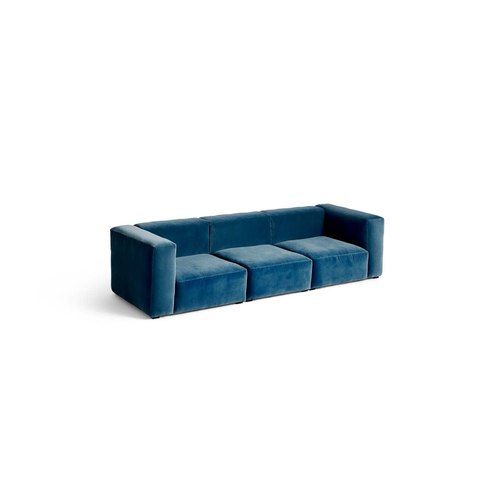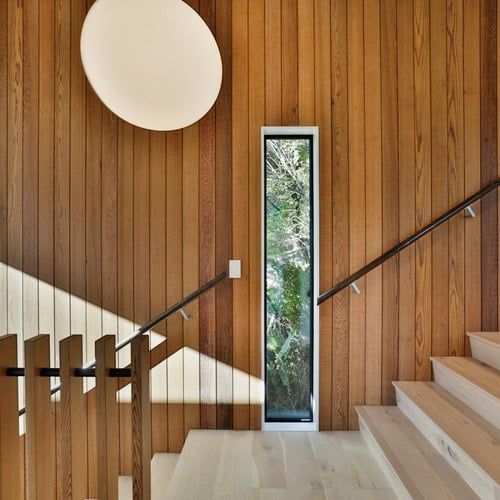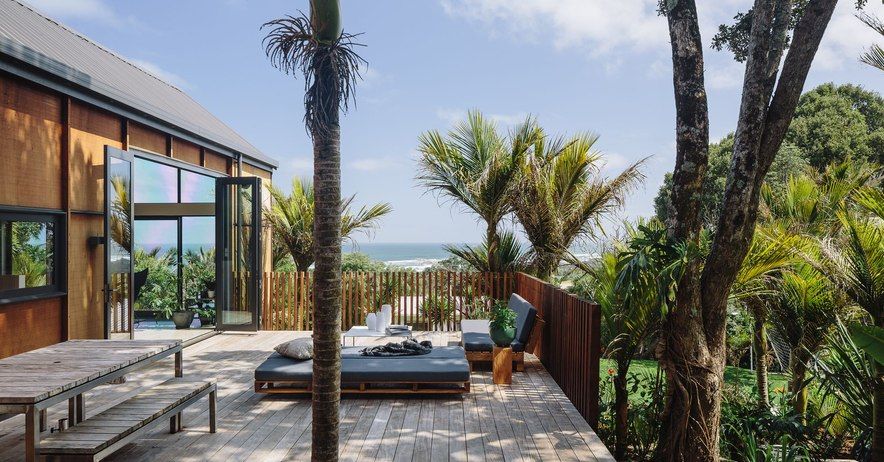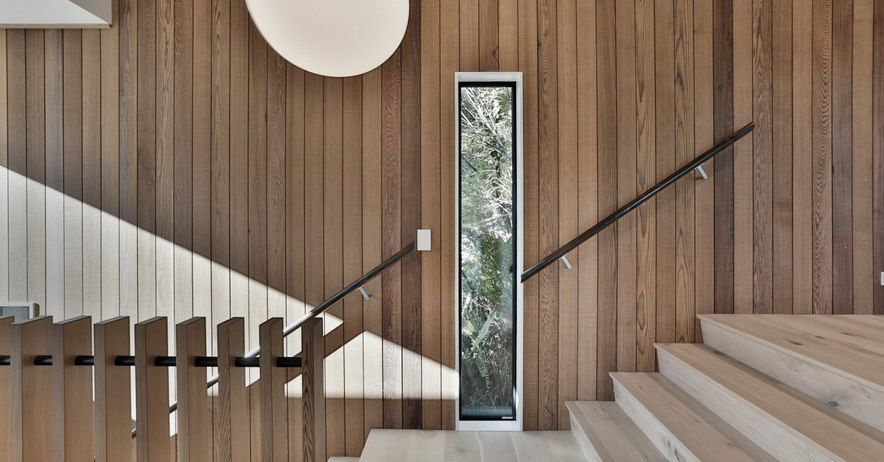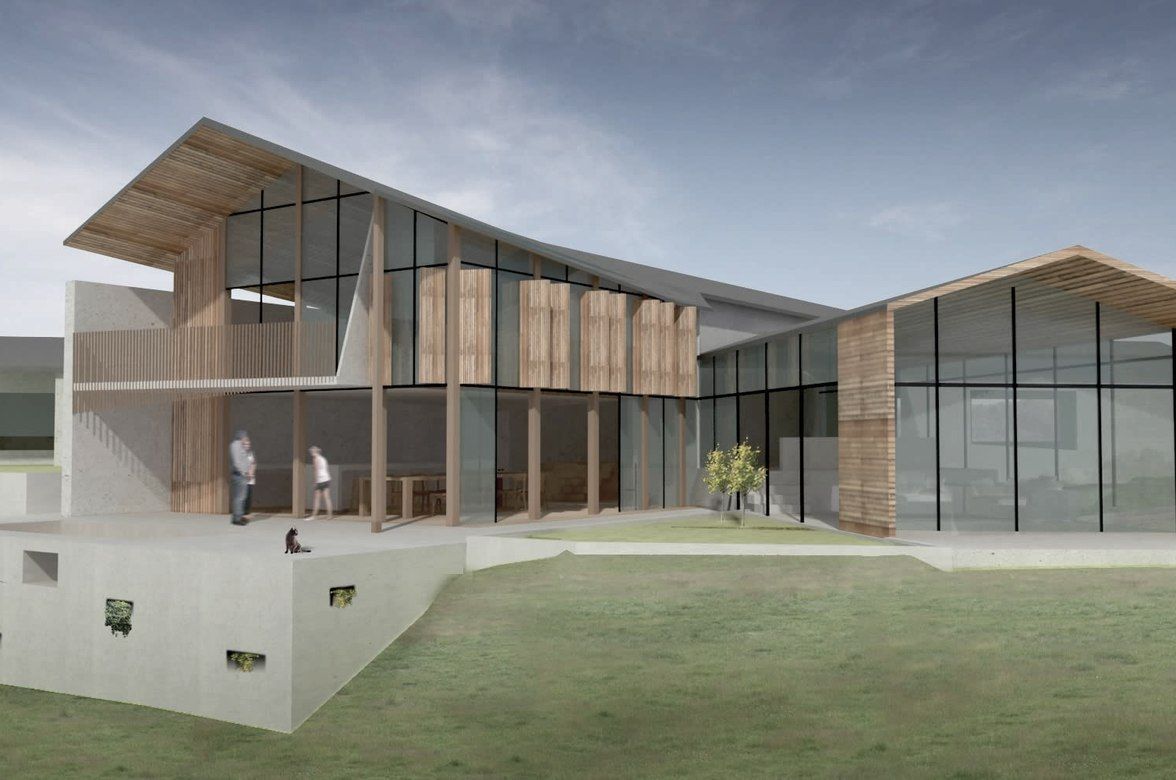Motutara House
By TOA Architects
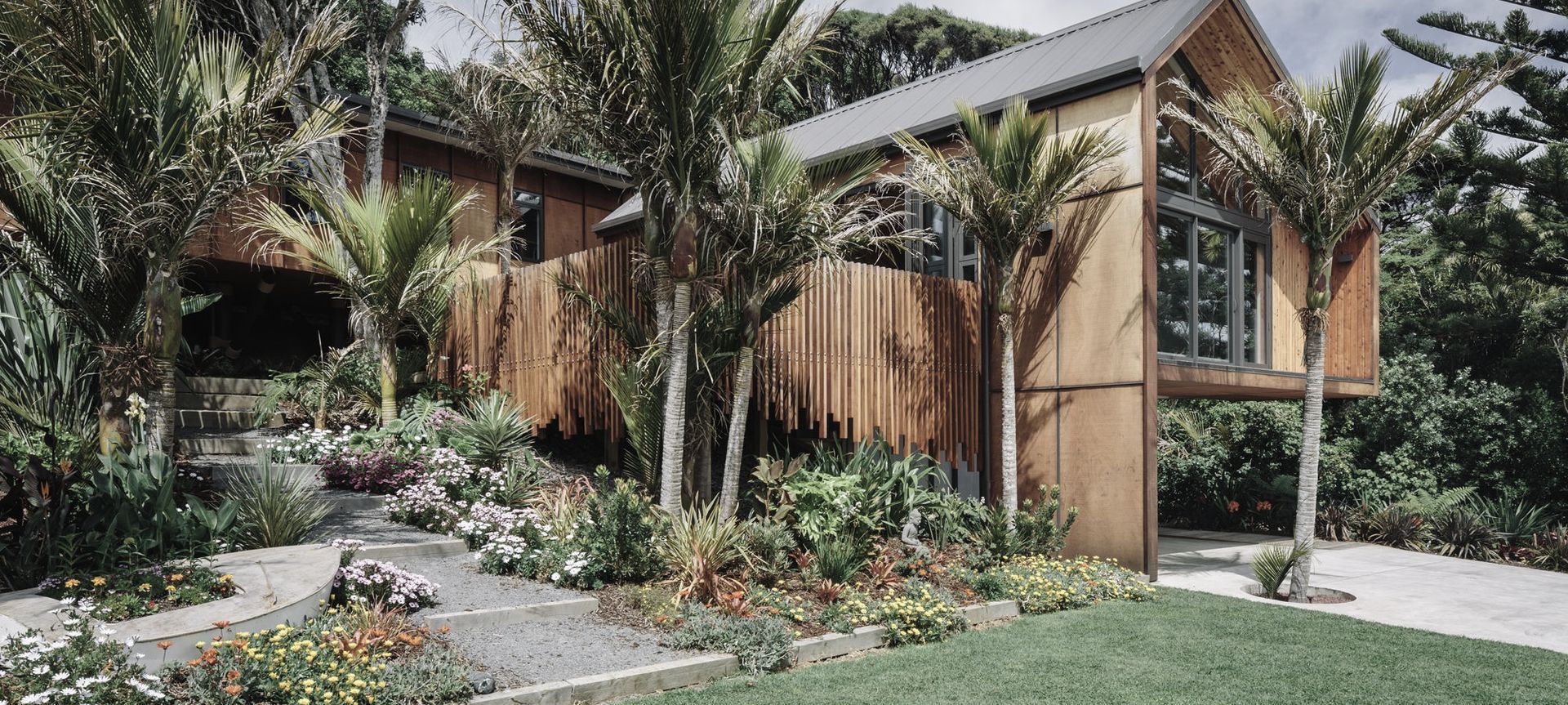
In the context of Auckland’s rugged west coast ‘Motutara’ is the arterial route that connects the west of Auckland to the black sands of Muriwai beach. ‘Motu’ is to sever, ‘Tara’ meaning for peak, describes the action of the road of this name which effectively severs the peak or highland of Muriwai from the low lying coast.
Touching the earth lightly, the bulk planning of the home was completed with the gesture of two wings.
The first wing is named ‘Zealand’ paying homage to the homeland of Aotearoa’s European discoverer in 1642, Able Tasman, this wing contains the more public spaces of entry, living, kitchen, dining and snug. This wing is also about the view to the sea.
The second wing is named ‘Ngahere’ translating to forest. This responds to the Māori tradition, as people and forests are vitally connected – both were created by the god Tāne. The 'Ngahere' wing houses the sleeping quarters amongst the surrounding trees on site.
The design of the house also respected the many native trees that were on the site. Although a number were removed, those that could have been were transplanted elsewhere on site.
Photography: Jeremy Toth (construction photos), Simon Wilson (completed)
DETAILS
CONSULTANTS: PETER DEANE, DEANE CONSULTANCY LTD. (STRUCTURES AND GEOTECH)
CONTRACTOR: Q CONSTRUCTION
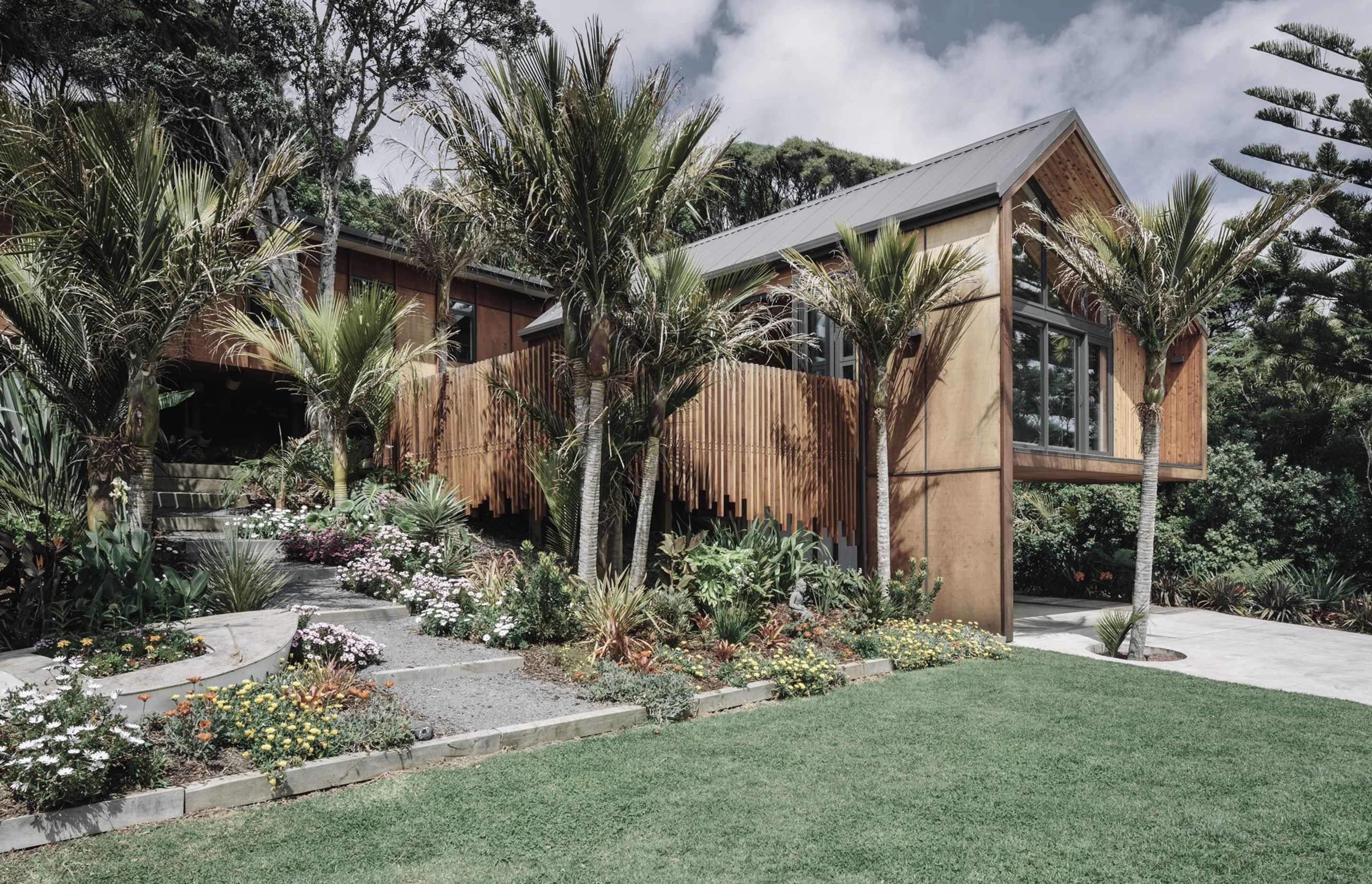
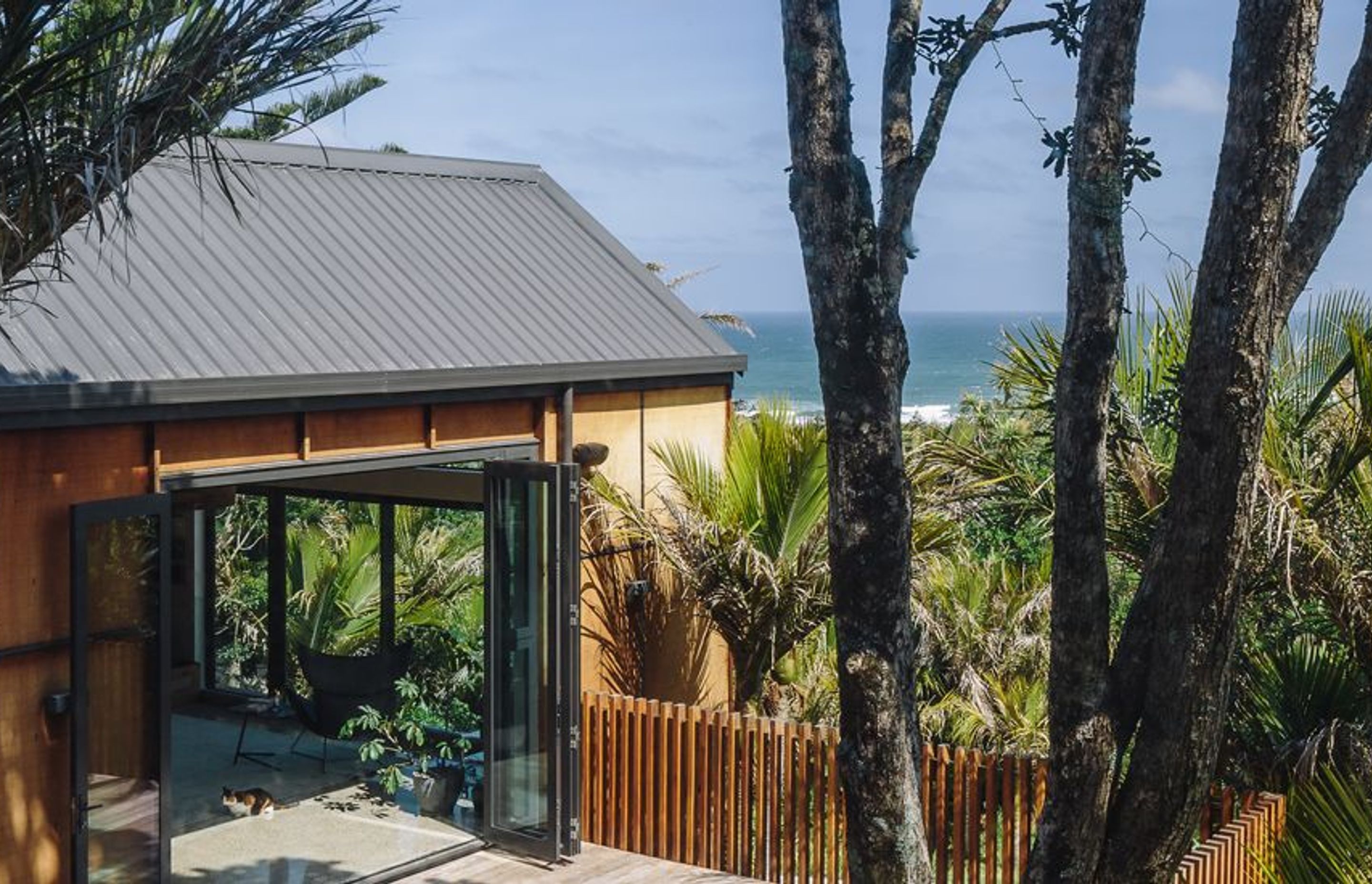
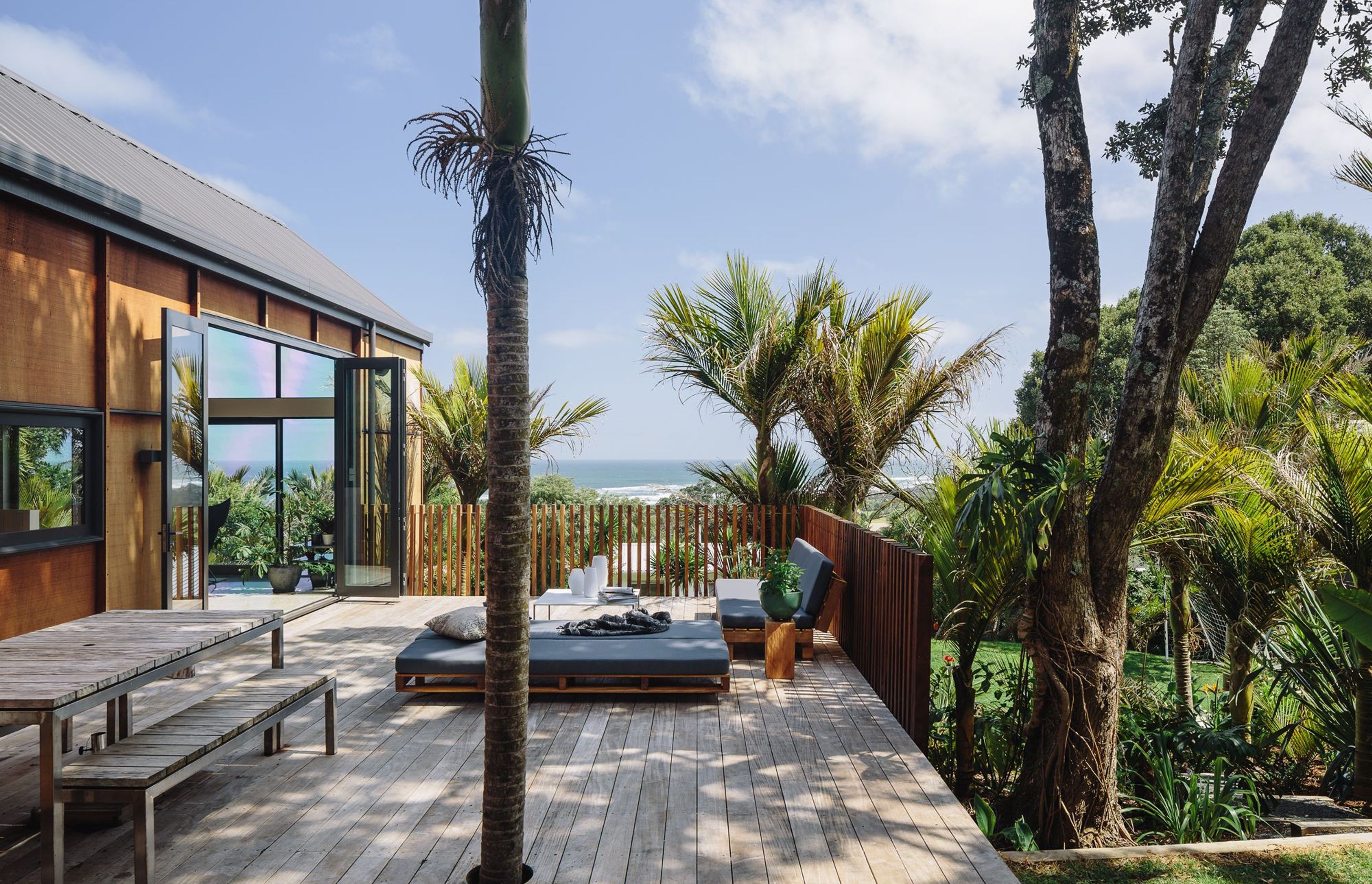

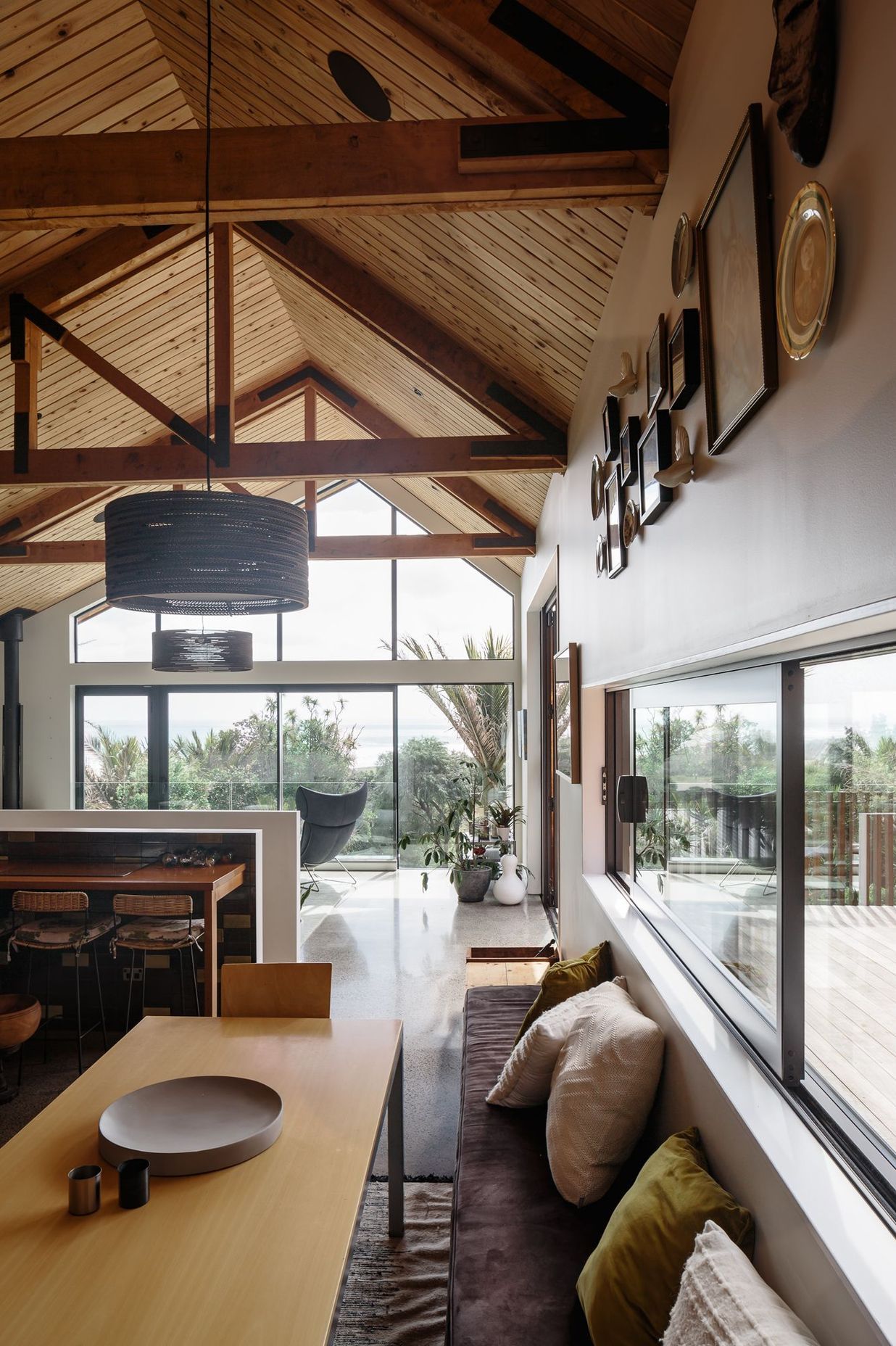
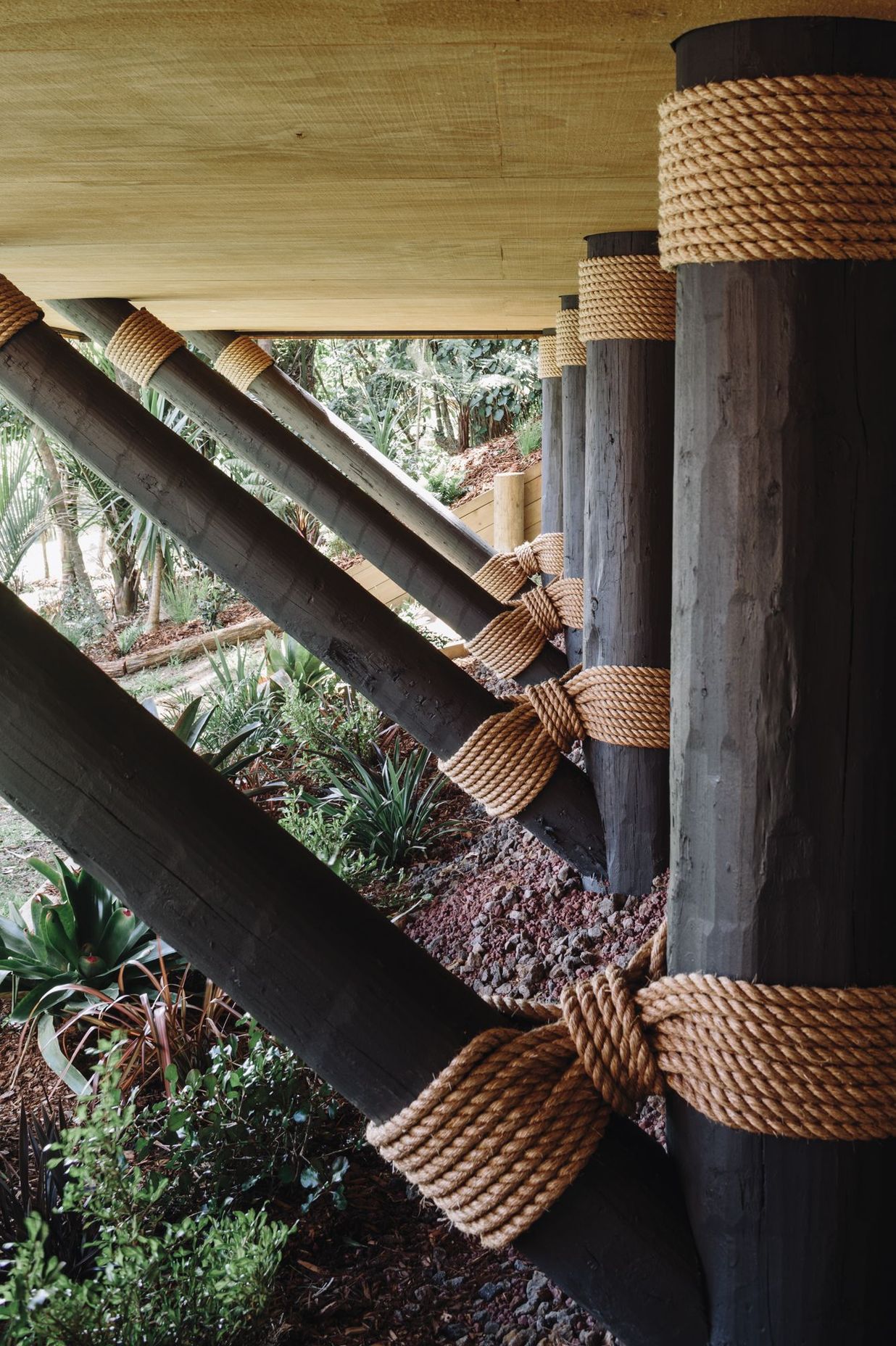
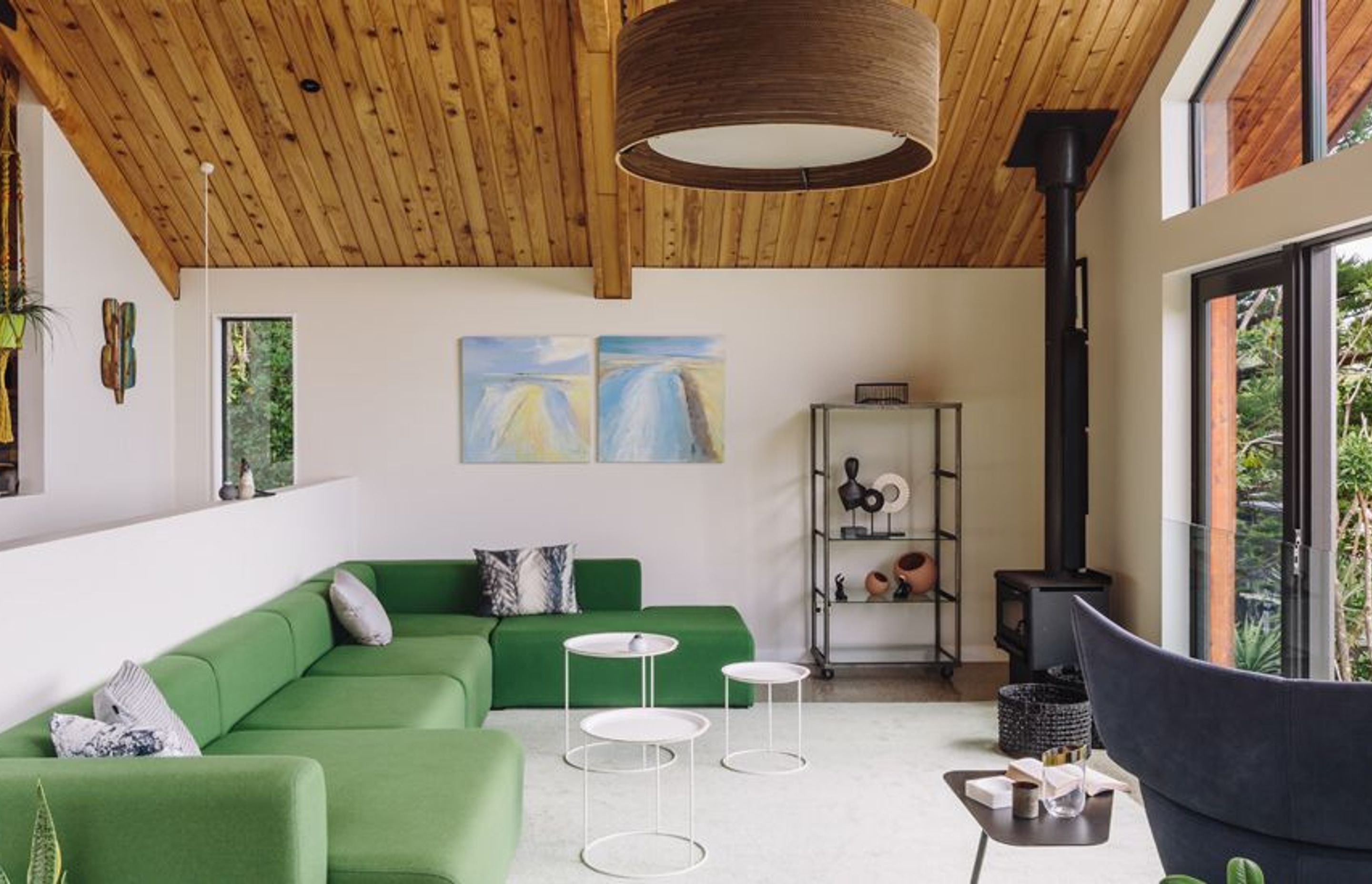

Products used in
Motutara House
Professionals used in
Motutara House
More projects from
TOA Architects
About the
Professional
Moemoeā; to have a dream, to have a vision.
TOA, Tamaki Makaurau Office Architecture, is about Strength, Bravery and Cutting New Ground.
TOA approach architecture differently. We value the Tangata – People; Whenua – our Land and its history; Aroha – Heart; and Wairua – Spirit. These are the concepts that inspire our architecture. And TOA takes seriously its role as Kaitiaki - Guardians of our clients' and communities' projects, as well as the wider environment.
We believe in the significant influence the built environment has on our minds and our lives. Successful buildings go beyond providing shelter to contribute a delight that enriches our lives and enhances the landscapes buildings arise from.
"I te pō o tētahi rangi noa ake ka moemoeā a Kauhika, he whaea nō Te Rangi-kai-kore tēnei, he wahine moemoe hoki taua kuia / During the night of quite a different day, Kauhika, who was an aunt of Te Rangi-kai-kore, and a dreamer of dreams, had a vision."
- Journal of Polynesian Society, 1919:92
- ArchiPro Member since2014
- Follow
- Locations
- More information

